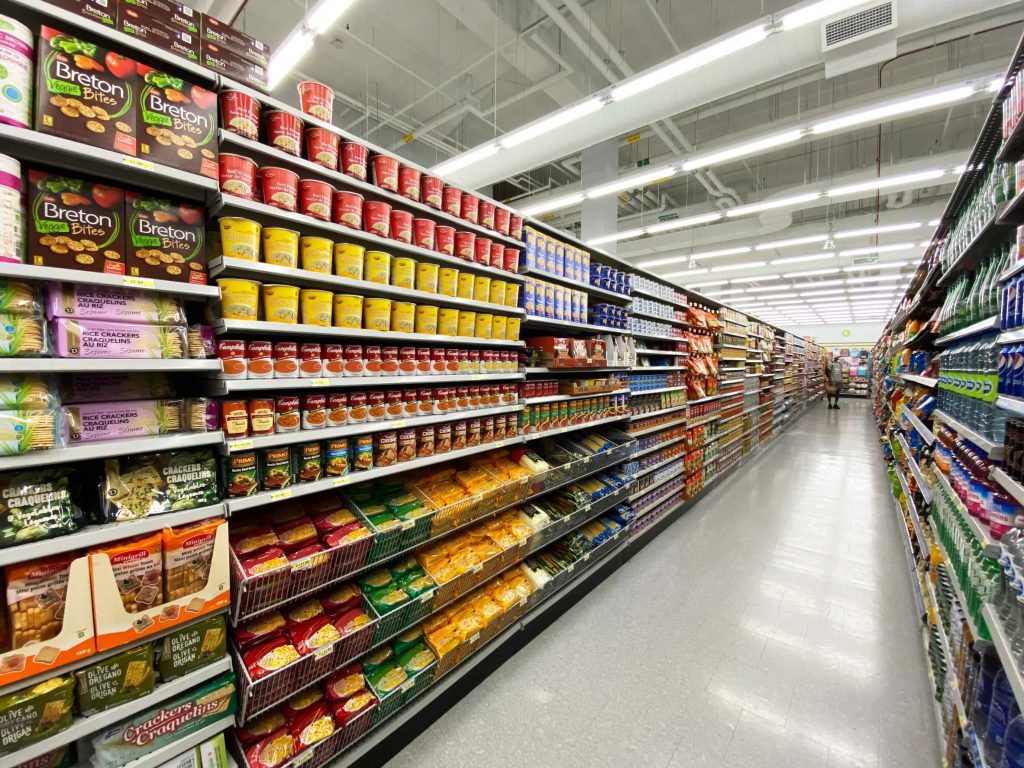
In today's fast-paced world, where time is of the essence, instant food and convenience food have become increasingly popular choices for individuals seeking quick and easy meal options. While these terms are often used interchangeably, there are subtle yet significant differences between them. In this article, we will delve into the dissimilarities and shed light on what sets instant food apart from convenience food.
- Definition and Preparation:
Instant food refers to pre-packaged meals or ingredients that require minimal preparation and can be ready to consume within minutes. These products are typically dehydrated or freeze-dried and can be rehydrated or reheated quickly. Examples include instant noodles, powdered soups, and ready-to-eat meals.
On the other hand, convenience food encompasses a broader range of food items that are designed to save time and effort in meal preparation. These foods are partially or fully prepared, requiring minimal cooking or assembly. Convenience food can include pre-cut vegetables, canned goods, frozen meals, and pre-marinated meats.
- Nutritional Content:
One of the key distinctions between instant food and convenience food lies in their nutritional content. Instant food often prioritizes convenience over nutrition, as it is typically processed and may contain high levels of sodium, preservatives, and artificial additives. While instant food can provide a quick and filling meal, it is important to consume it in moderation and balance it with healthier options.
Convenience food, on the other hand, can offer a wider range of choices, including healthier options. Many convenience food products now cater to dietary preferences and requirements, offering low-sodium, organic, or gluten-free alternatives. However, it is still crucial to read labels and make informed choices to ensure a balanced diet.
- Shelf Life and Storage:
Instant food is designed for extended shelf life, often achieved through dehydration or freeze-drying processes. These preservation methods allow the products to be stored for longer periods without refrigeration. This makes instant food an ideal choice for camping, travel, or emergency situations where refrigeration may not be available.
Convenience food, although it may have a shorter shelf life compared to instant food, generally requires refrigeration or freezing to maintain freshness. This is due to the partially or fully cooked nature of convenience food, which makes it more susceptible to spoilage if not stored properly.
- Customization and Variety:
Instant food is known for its limited customization options. While some instant food products may offer different flavors or variations, the overall choices are often limited. This is because instant food is primarily focused on providing a quick and easy meal solution rather than catering to individual preferences.
Convenience food, on the other hand, offers a wider range of customization and variety. With convenience food, individuals have the flexibility to mix and match ingredients, adjust seasoning, and personalize their meals according to their taste preferences. This aspect of convenience food makes it a more versatile option for those who seek convenience without compromising on personalization.
In conclusion, while instant food and convenience food share the common goal of providing quick and easy meal solutions, their differences lie in their preparation methods, nutritional content, storage requirements, and customization options. Understanding these distinctions can help individuals make informed choices when it comes to incorporating these food options into their daily lives. So, whether you opt for the convenience of instant food or the versatility of convenience food, remember to prioritize a balanced and nutritious diet.


